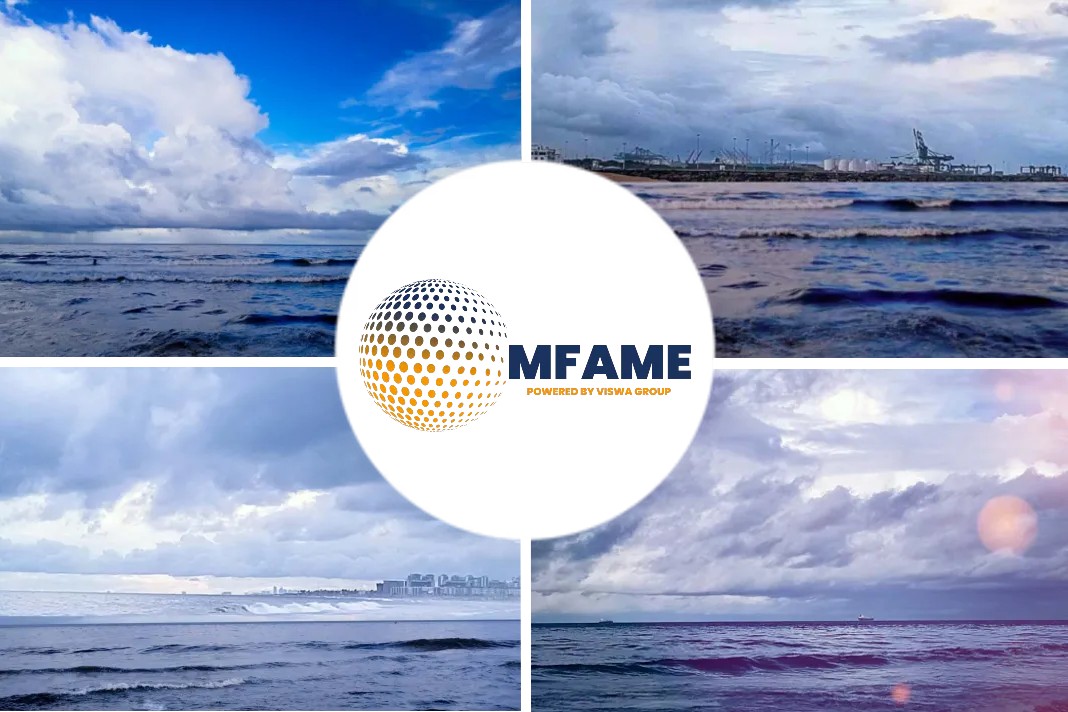A Gard article describes a brief summary of the inspection procedures to tackle the Asian Gypsy Moth infestation on vessels.
Asian Gypsy Moth
The Asian Gypsy Moth (AGM) is a destructive forest pest known to spread via ocean-going vessels in international trade. If introduced in countries where it does not exist naturally, AGM has the potential to seriously affect the country’s agricultural and forest resources.
The Asian Gypsy Moth (AGM) is predominantly found in Asia Pacific, with high population levels in ports in East Russia, China, Korea, and Japan. The AGM flight periods, when there is a risk of female moths laying their eggs on a vessel’s superstructure or cargo, extends from May to September depending on weather and location.
Regulatory inspection and certification requirements
The US and Canada have a long history of enforcing joint regulatory inspection and certification requirements for vessels that have visited infested ports in Asia Pacific. More recently, other countries such as Chile, Australia, New Zealand, and lately Argentina, have followed suit and established similar regulatory inspection schemes.
However, even if the objectives of these countries’ AGM regulations are the same, and the North American AGM inspection and certification requirements essentially serve as the “industry standard,” there are differences in requirements and port-of-entry processes between the regulating countries.
Prepare for the 2021 AGM season
According to US and Canadian authorities, very high numbers of moths were observed in many of the regulated ports in Asia Pacific during the 2019 and 2020 risk periods. Due to these population outbreaks, a high number of vessels arrived in North American ports with AGM egg masses onboard in 2020.
To prevent a similarly high number of vessels with egg masses arriving in 2021, vessel operators should remind their Masters of the importance of arriving in regulating countries free of AGM and of providing port officials with the required AGM documentation.
The implementation of proper routines for carrying out systematic self-inspections onboard the vessel while en route is also a good way to avoid delays and re-routing during subsequent port calls.
In terms of AGM regulations, the following should be noted for the 2021 AGM season:
- Canada and the US issued this year’s Joint AGM Industry Notice in February 2021. Vessels that, in the past 24 months, have visited regulated ports or anchorages in Asia Pacific during the current AGM risk periods, shown in the table at the end of this alert, must present a valid pre-departure certificate.
- Canada also revised its AGM Policy Directive in March 2021. The revised Directive stresses the need for AGM inspection reports issued by other AGM regulating countries to be included in the pre-arrival notification, clarifies Canada’s position regarding exemptions for vessel inspected and found AGM free by authorities in the US, Chile or New Zealand, and emphasises that failure of a vessel’s Canadian agent to notify the authorities of the arrival of a regulated vessel, prior to the vessel entering Canadian water, is considered to be a non-compliance.
- Chile defines regulated ports in Asia Pacific as all ports located between 20°and 60° N latitude. As a result it may therefore target vessels that have called at South Chinese ports that are currently not regulated by the US, Canada, and New Zealand.
- Argentina’s new AGM regulations entered into force in April 2021 and our alert “Argentina introduces new regulations in respect of Asian gypsy moth” has the details. Worth noting is that, like Chile, Argentina defines regulated ports in Asia Pacific as all ports located between 20°and 60° N latitude.
- New Zealand’s risk periods mirrors those of the US and Canada but only vessels that in the past 12 months were in one of these regulated ports during the risk periods are required to present a valid pre-departure certificate.
- Australia announced in its Industry Advice Notice 88-2021 that the authorities ceased its annual surveillance for managing the risks posed by AGM on vessels arriving after 31 May 2021. However, vessels that have visited a port in East Russia between 40ºN, 60ºN and west of 147ºE, anytime between 1 July and 30 September in the previous two calendar years will still be risk assessed by the Australian authorities to determine the need for a targeted AGM inspection on arrival.
Please go to Gard’s webpage “Frequently asked questions – managing Asian Gypsy Moth risks“ for a complete overview of the each country’s current AGM regulations, links to relevant government websites, as well as advice and guidelines for how the crew can carry out systematic self-inspections onboard the vessel.
Looking ahead to 2022
The AGM expert group of the North American Plant Protection Organization (NAPPO) has reviewed the current risk periods for AGM in all the regulated countries and proposes the following revisions:
- Adjusting the regulated areas and extending the risk period start and end dates for some regions in Japan.
- Extending the risk period start and end dates in Russia.
- Reducing the total number of risk periods from six to four.
- Based on available data, there are no changes to the risk periods for Korea or China at this time.
For vessels which call on ports in North America, the revision to the risk periods means that the time period where AGM certification is required for vessels that have called on ports in Japan and Russia has been increased/lengthened.
According to the World Trade Organization notifications system, implementation of changes to the risk periods is planned to begin in 2022 in both Canada and the US.
US authorities have already published a Revised Special Procedures for Ships Arriving from Areas with Asian Gypsy Moth to this effect and its proposed regulated areas and AGM risk periods are shown in the Table below.
Did you subscribe to our daily newsletter?
It’s Free! Click here to Subscribe!
Source: GARD























